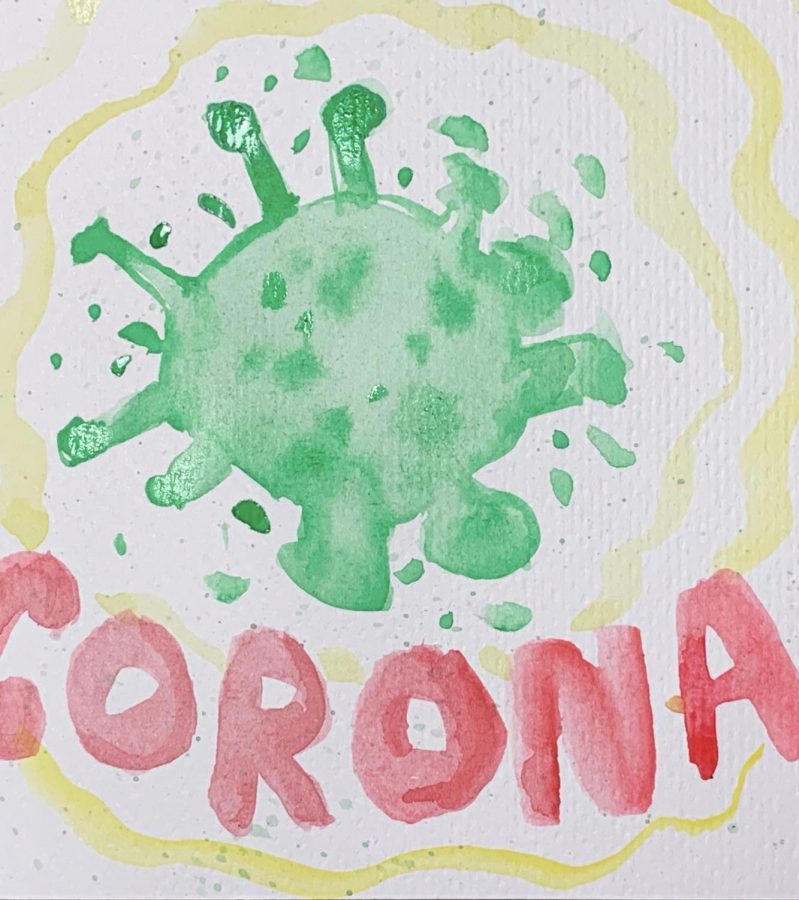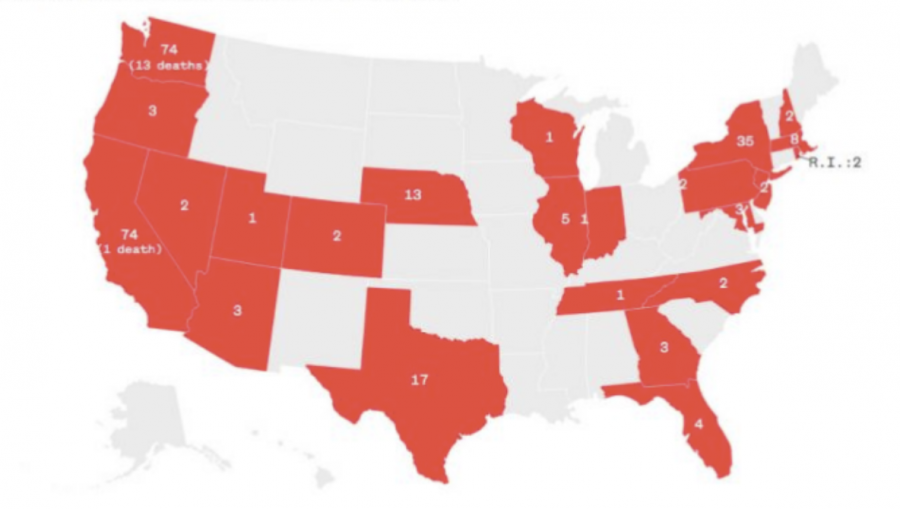High school is a numbers game. There’s the all-important GPA, the always-stressful standardized test score, the number of credits needed to graduate, the number of unexcused absences needed to not graduate.Even lunchtime at Staples is broken down into waves one, two and three.
However, there is something that Staples doesn’t organize by the numbers: its students.
According to the College Board, in 2007, 46 percent of American high schools published a class rank of their students. However, many schools in Fairfield County and the rest of Connecticut, including Staples, have no system of class rank. And while Staples did rank students in the past, that system was abolished nearly 37 years ago.
Despite the possible allure of putting a top rank down on a college application or being publicly declared “number one,” Elaine Schwartz, director of the Staples guidance department, assures that a ranking system at Staples would hurt even the top students in every class. Because Staples is such a rigorous school, someone who might be ranked number one at another high school might not even break the top 20 at Staples, Schwartz said.
“We don’t want to showcase someone in not the best light,” Schwartz said.
The College Board also states that many admissions officers are moving away from the class rank as a means of evaluating students and instead focusing on other factors of one’s resume.
Many students agree with Schwartz and think that ranking would only make the already academically charged environment at Staples even worse.
“I think it is better that they don’t rank because people already get pretty stressed out about grades,” Michael Menz ’13 said. “There’s no reason to put on any more pressure.”
Sarah Fox ’14 also agrees that ranking would lead to misplaced focus: “People have many different talents. It’s silly to act like only GPA matters,” she said.
Fox added that despite the lack of an official ranking system, by the time students become upperclassmen, word of mouth is sufficient to provide a general idea of who has the best academic record in a class.
Furthermore, other indicators of academic rank still exist at Staples, such as the National Honor Society, High Honors Dinner, and the positions of valedictorian and salutatorian. Invitations to the High Honors Dinner are based solely on GPA, and are given to only the top four or five percent of a graduating class, and the valedictorian and salutatorian are the two students with their class’ two highest GPAs. National Honor Society, while also taking into account things like leadership and community service, does have a high minimum GPA requirement of a weighted 3.8.
However, Matt Silver ’12, valedictorian of Staples’ class of 2012, said that he did not even know he had a shot at valedictorian until he was an upperclassman. Even then, he said, he maintained that focusing on oneself is the best way to go about learning.
“Getting caught in a numbers game can easily narrow your mindset,” Silver said. “Focusing on doing well from your own motivation is the most effective way to be successful and happy.”
Fox asserts that only a very elite group of students even thinks about reaching goals like the High Honors Dinner or the valedictorian’s post and that the majority of her class tends to focus on how they’re doing individually.
Schwartz too emphasizes the importance of self-fulfilling learning, rather than grueling academic competition—something she feels would be sacrificed with a system of class rank.
“A ranking system can pit students against each other very directly,” Schwartz said. “Student number three and student number four would not be on good terms.”



















































